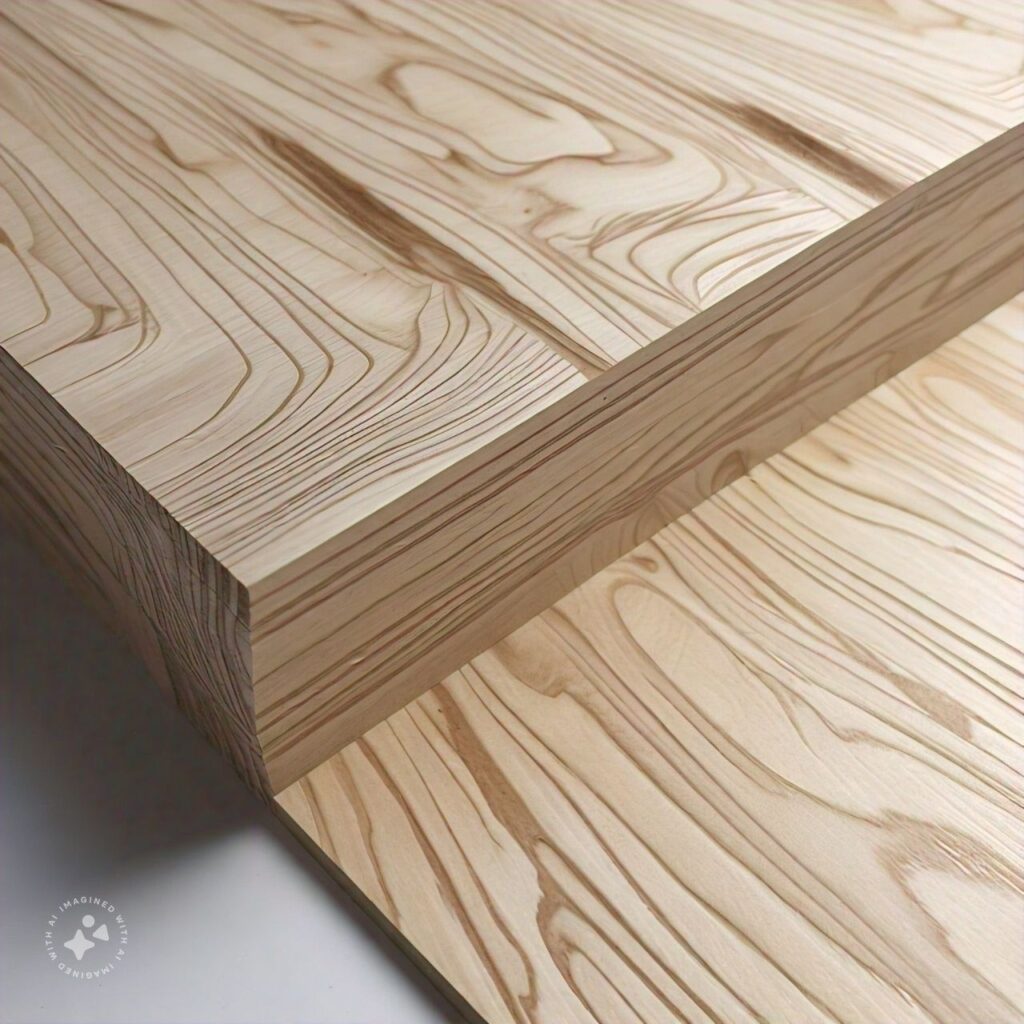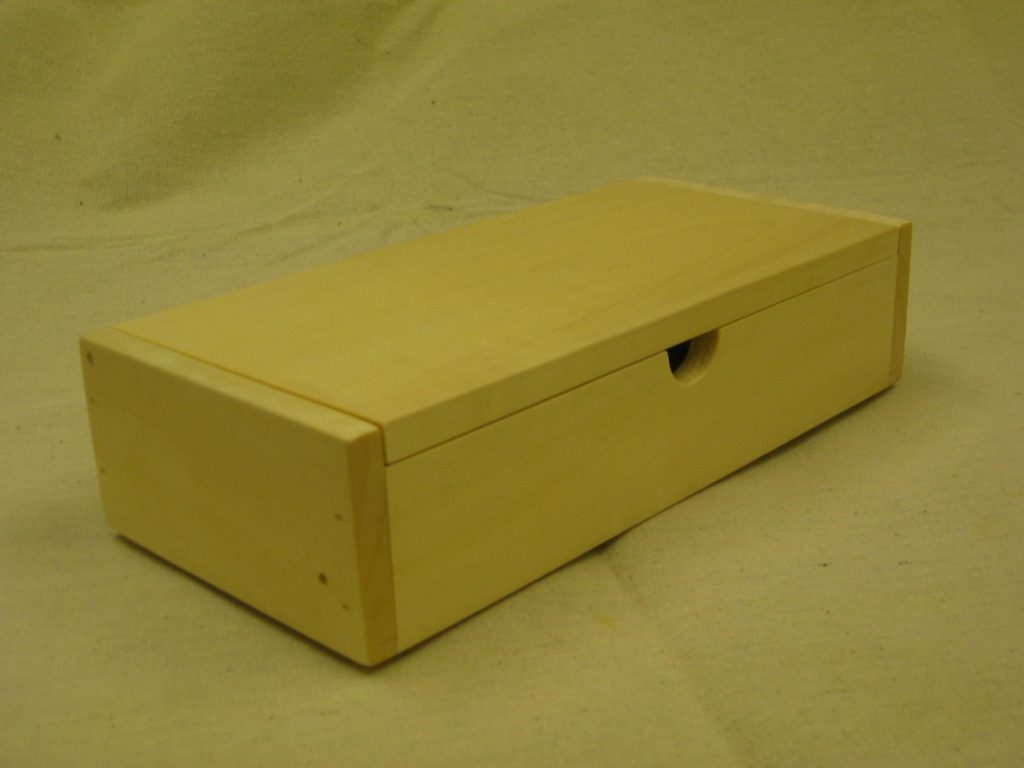The aspen tree grows extensively through the Rocky Mountains, especially in Colorado and Utah. Other than that, more aspen trees are found in Canada than in the United States. The aspen tree leaves shake in the slightest breeze, earning the tree the moniker of “quaking aspen.” Scientists believe that all aspen trees in an area are part of one giant organism, as the tree propagates by sending out shoots from the roots, spreading underground, and then breaking through in spots for new trees to grow, much like grass or bamboo spreads. This is unique amongst hardwood trees, which mainly propagate by planting nuts or seeds.
Some people mistake the aspen tree for the birch, which is similar in appearance. But the two trees are separate species. The wood of the two trees is very similar in appearance, both being some of the closest to white, with a fine, straight grain. In the case of aspen, there is very little differentiation between the coloration of heartwood and sapwood, making the boards relatively uniform throughout. While the bark is similar in appearance to birch, the leaves are different. The tree is also identical to the poplar, although it is a distinct species once again.

The aspen tree is fast-growing, increasing in height by about two feet per year. Mature trees can reach as much as 100 feet in height, although 65 feet is more typical. A good-sized tree will have a trunk two feet in diameter. It is fairly flexible, with an average amount of shrinkage while drying. The end grain reveals a very porous structure, which absorbs moisture easily.
Aspen wood is some of the softest hardwoods there is, with a Janka hardness rating of only 420 lbs/ft., making it just barely harder than common pine sold in the stores. However, because of how the tree grows, it has fewer knots than pine or common “whitewood.” Unlike conifers, aspen does not have branches growing out from the full length of the trunk. Poplar is slightly harder than aspen, and birch is considerably harder.
Although not as common as many other woods, aspen is inexpensive enough to occasionally be used as construction lumber. Poplar has characteristics similar to those of other construction-grade lumber for framing and other architectural applications.

The most common use of aspen is as a core veneer for making hardwood plywood, especially if the mill making the plywood is near areas where aspen is prolific. The fast growth rate and lack of demand for other purposes make aspen an inexpensive wood. Aspen plywood is often used on the inside of cabinetry, where it does not have to bear a heavy load. Wood is also used to make boxes and crates.
Aspen is an easy wood, although sharp tools are necessary to avoid creating a fuzzy surface. Generally speaking, working with aspen is very similar to working with pine. The same precautions to prevent splitting, tearing out, and chipping along the edges of pine need to be used with aspen. The wood tends to warp and twist during drying, so care should be taken when drying it. Fasteners, especially nails, do not hold well in aspen because the wood is so soft. However, it does glue well.
Aspen wood and plywood can be purchased through specialty lumberyards, especially those that specialize in selling hardwoods and hardwood plywood. The plywood can often be purchased through millwork shops that specialize in providing lumber to cabinetmakers. The cost of aspen boards and plywood is relatively low for hardwoods, similar to that of poplar.




